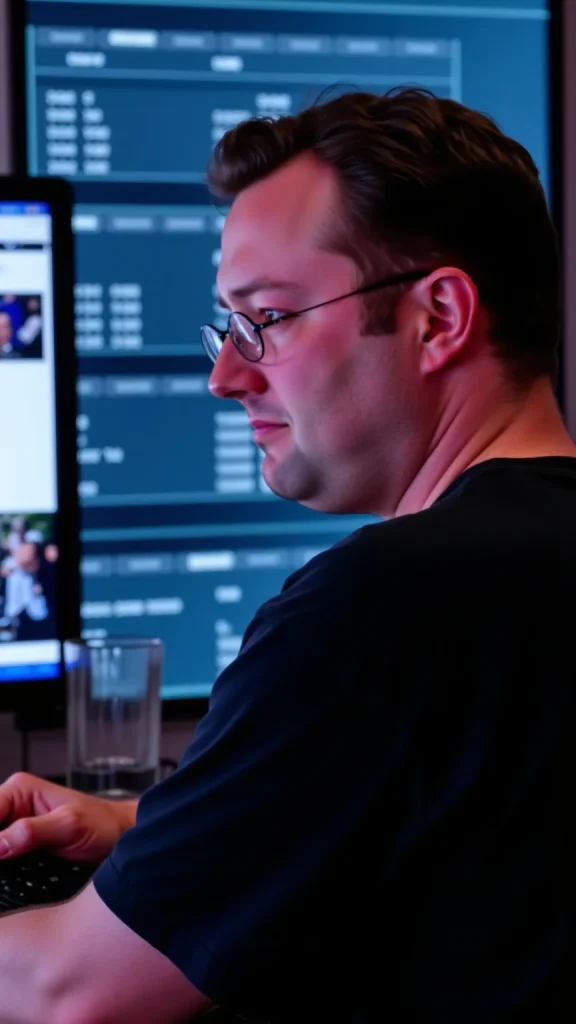Anxiety and depression: why making mistakes is inevitable and good
I’m not a pessimist. On the contrary, I now have a fundamentally optimistic view of existence. If things aren’t completely impossible, they are possible in my world. I believe something can be done to improve almost any situation. I never lost hope entirely, even in my darkest years. And I know it’s never too late to find happiness, even though it sometimes seems unthinkable.
However, I’m also a realist. I believe quick-and-easy fixes rarely exist for complex problems.
And I don’t believe
- we can embark on a journey through a landscape we don’t know,
- without knowing exactly where we are heading when we start,
- and still arrive at an acceptable destination,
- without experiencing dead ends, setbacks, failures, and mistakes along the road.
The thing is, finding our way out of anxiety and depression is, in most cases, such a journey.
(Featured image: Our journey out of anxiety and depression is often like finding our way in a maze. AI-generated illustration.)
The good news is that even though dead ends, setbacks, failures, and mistakes often feel like bitter losses in battle, it doesn’t mean we’ll lose the war. Some losses might even be necessary to show us the right way in this maze. Let’s look at why.
No one has done your journey before
That’s true, you know. Of course, if we look at all the people who suffer from anxiety (and the same with all the people who suffer from depression), there are a lot of things we can mention that potentially can benefit all of them. Here are some recommendations of mine based on personal experience:
However, you are a unique person with unique reasons for your mental health challenges. The things that are helpful for me may be helpful for you, but with a different sequence, angle of approach, and intensity. And some of them might not be helpful for you at all.
Survivors like me can give a lot of good advice on how to persist on the jungle expedition of healing from anxiety or depression. And healthcare professionals, if you seek help from them, can support you whenever you lose your way in the dense forest.
Nevertheless, each journey of healing will always be a personal journey of trial and error because no one has ever done your journey before.

“That sounds pretty grim and lonely, doesn’t it?”
If it does, that’s not what I meant to say to you. My point is that no one can give you a ready-made map for your journey with every step carefully explained.
This doesn’t necessarily mean that your expedition through the jungle of healing will be long and hard. Sometimes, it’s just about acknowledging the problem and making a few adjustments in our lives.
In other cases, especially if we have experienced trauma for a long time and thereafter lived in denial for too long, the road out of it might be a long and winding one. I believe the time it takes to untangle our problems is proportional to the time we’ve spent tangling them up.
I also believe that however hard and complicated a knot may be, it can be untied with determination and patience, provided you allow yourself to make a few mistakes without giving up.
“I have not failed. I’ve just found 10,000 ways that won’t work.”
Thomas Alva Edison allegedly said this when a journalist pointed out his many failed attempts before finally inventing a useable light bulb.
Everyone who’s ever invented something genuinely new and every scientist in the world would say, “Yeah, I know, I’ve been there.”
Whenever we are in uncharted terrain, even if we have a general sense of direction, it will always be pure luck, and luck only, if we find our way through without walking down quite a few dead ends.
This is true also for our journeys out of anxiety and depression.

How I (finally) learned to reframe failures
I spent quite a few years of my life troubleshooting computer systems. At my best, I was pretty good at it. Because of the systems’ complexity, successful troubleshooting was mainly about having the knowledge and creativity to see all the things that needed to be eliminated as possible reasons for the problem.
I’m sure you see this was right up Thomas Alva Edison’s street. Each time I ‘failed’ while troubleshooting, I learned one more thing that wasn’t the solution to the problem, which meant I was one step closer to finding the real solution. Of course, I never saw these ‘failures’ as defeats. Whenever I ‘failed’, I became a better and stronger Systems Engineer.
Strangely, it took me years before I realised I had to bring the same mindset into my struggles with anxiety and depression. Instead of fearing making mistakes, ruminating over them, and often using them as an excuse to give up, I realised I could see them as an opportunity to learn and zoom in on what actually could help.
Sometimes, it’s necessary to make crap lightbulbs
But let’s zoom out a bit at the end of this text. I believe we’re too afraid of making mistakes in general. Many of us were strictly raised to do things the right way instead of exploring what was the right thing to do. Traditions and habits define ‘the right way’ to do things in society, a family, and a workplace.
How often do we face resistance, ridicule, and even punishment as children, partners, and employees because we don’t do things ‘the right way’? It’s not strange that many of us are constantly afraid of making mistakes in all aspects of life, afraid of using our creativity and exploring.
We should break this vicious circle wherever we find it. We should teach children it’s okay to make mistakes as long as they learn from them. We should encourage non-habitual thinking. Creative people should be considered heroes, not people who always mindlessly do things ‘the right way’. We should teach the children that it’s sometimes necessary to make 100 crap light bulbs before we make one that works.
And do you know what? I bet a tenner that in a culture like this, there wouldn’t be much anxiety and depression at all.

All illustrations in this article are AI-generated.















Post Comment
You must be logged in to post a comment.